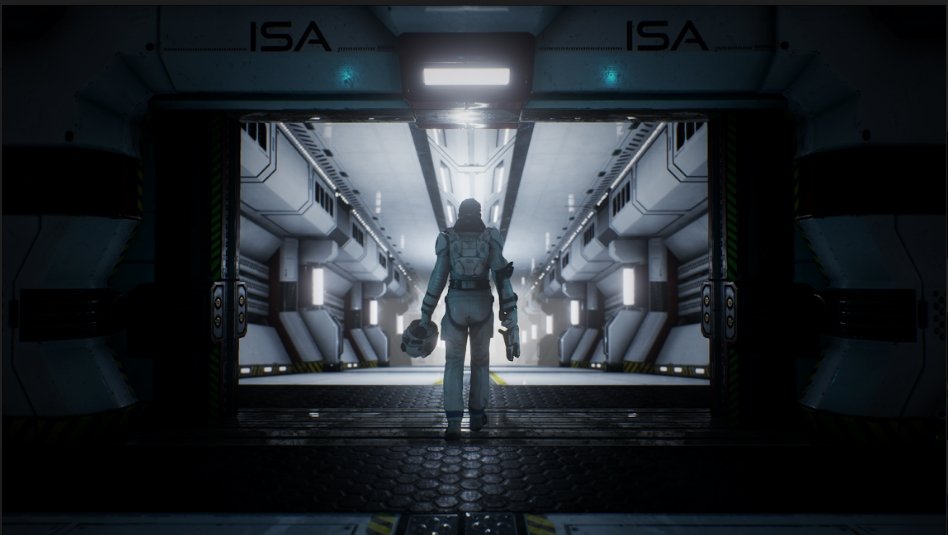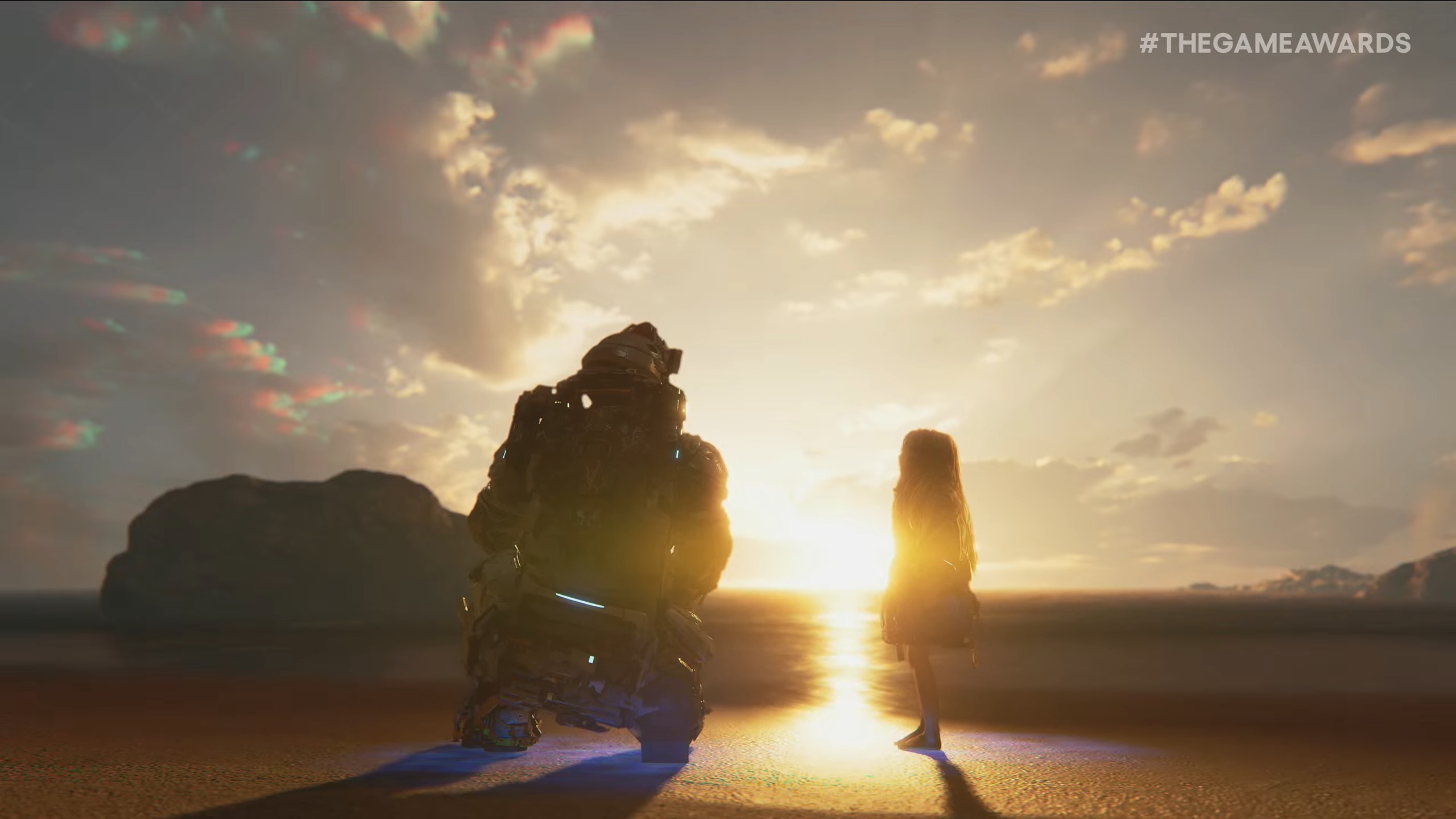Bulkhead Interactive is a British based developer made of two teams, Bevel Studios and Deco Digital, who previously made Pneuma: Breath of Life, the game of self-discovery that teaches you to think outside the box. This time, the guys are at it again with another mind-bending games in The Turing Test.
The game takes its name and inspiration from the real life Turing Test, which is designed to see if a computer could believably converse with another human being in such a way as to deceive the 'judge' into thinking they were talking to another human person. The test is passed when the 'judge' is unable to make the distinction between whether they're talking to a man or a machine.
You may have encountered some of the online conversation bots in the past. Cleverbot is a prime example that has been around for a while now, and it's certainly had it's ups and downs but it has always been clear that it's nonsensical replies have always been an algorithmic regurgitation of previous answers by other users.
You can teach a computer logic, but today's computers aren't really capable of thinking outside the of their defined boxes. The strictly structured network runs on set values of true or false, effectively it can only operate within the parameters of whether it CAN be done, or whether it CAN'T; and lateral computing allows the possibility of every known thing to occur within that scenario and solve a problem with prompts of If, Then, and Else. However, not all problems can be solved this way. Sure if you have a math problem, you could set up the right program to get a computer brain to crunch mind-blowing mathematics. But not so useful for when you lack arms and legs and the means to perambulate yourself around in order to fix the problems.
The game
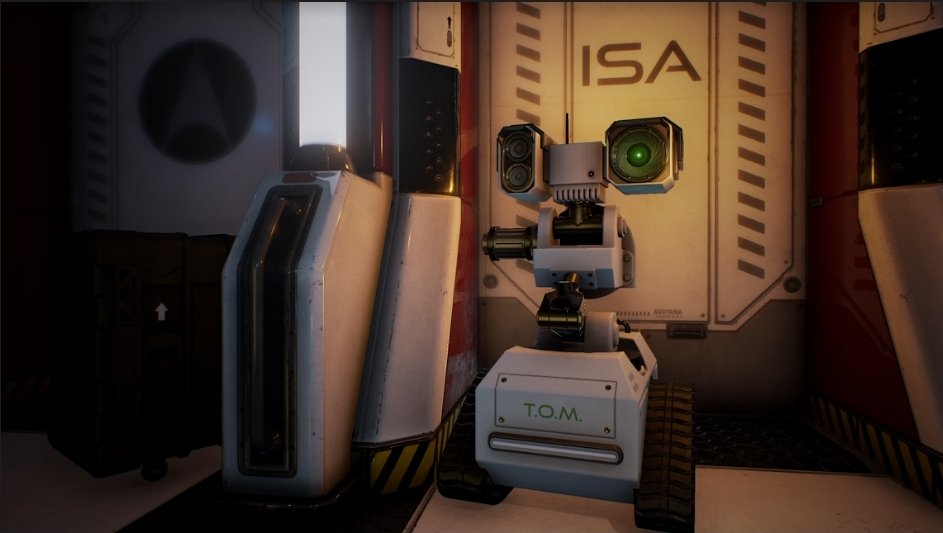
Ava Turing and her team are just stationed off of Europa, one of Jupiter's largest moons. TOM, the onboard AI (think GLAADOS) wakes you from cryosleep to investigate the lack of communication from the Europa ground team who may have come up against a hostile alien life-form. Picking up her Energy Manipulation Tool, or EMT, she makes her way to the docking bay to examine the circumstance of this disappearance.
Here I have to stop a moment and say it. The Turing Test is a lot like Portal, and that's fine by me. In fact, it's similar enough that sometimes I've forgotten which game I was playing entirely. When shooting power-balls around, I have at moments half expected to lay a big orange or blue hole into the wall. For that reason, it already feels familiar and uses a similar control scheme —it's pretty much the same experience, making The Turing Test comfortable straight from the start for those familiar with Portal.
When you're able to take control of Ava, you'll find yourself in a sterile, clean and deliciously polished space-station. The surfaces are littered with items, pens, cups, clipboards, and they can be picked up using X. The problem is, there doesn't seem to be a point in doing so. I've combed every inch of everything I've picked up out of sheer desperation to not miss anything, maybe I'll need a passcode on the bottom of a mug, or there could be an impression of something written on a pad? No. What about these International Space Agency boxes which look like they definitely hold secrets? Nothing.
All the latest news, reviews, and guides for Windows and Xbox diehards.
it already feels familiar and the controls are pretty much the same as Portal that the experience is comfortable straight from the start.
That was my first frustration because I had no way of knowing whether I'm walking past something really important or if picking things up is just a time-wasting ploy. It would be an issue if there were time limits, but there aren't. The only thing you can do with items is put them back down again, which kind of begs the question why to make any of them interactive at all.
After you've had your fill of investigating you're ready to progress into the Test. The EMT is your method of shooting and withdrawing power-orbs from panels around the stage. They can be moved around as you need, and you can use the entire stage to plan out how you will make progress. The exit door is blocked until you have sufficiently powered your way through.
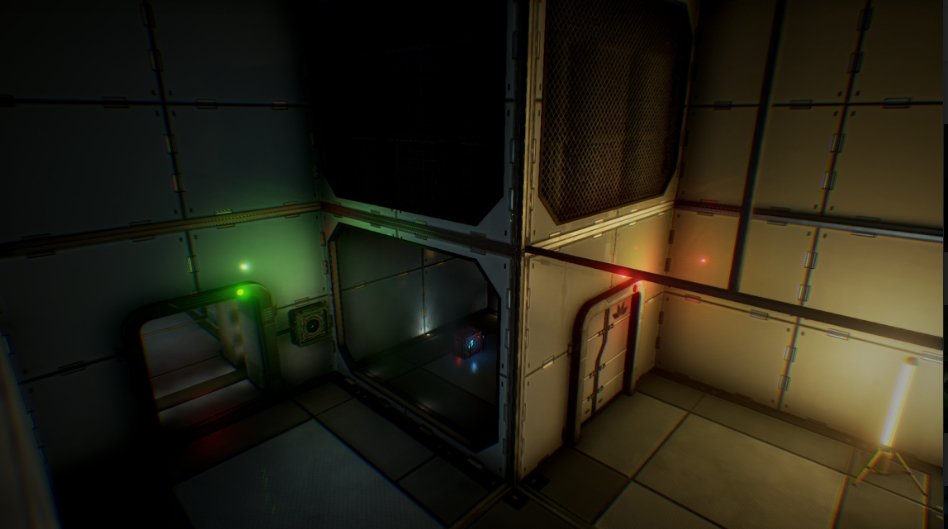
The first few chapters are fairly easy, giving you a gentle introduction into The Turing Test. Picking up a power block and installing it into the unit to open a door is fairly simple, as is moving one power orb from one place to another. The long-distance reach of the gun gives you a point-and-shoot access to draw power from otherwise unreachable orbs, and just as beneficially, you can also shoot them into points that you can't reach. Partitions in the wall enable you to shoot through in order to make progress and utilize the spacing to your advantage, bypassing long winded backtracking. These too can also be powered, and as you continue on, juggling the doors as well as your positioning becomes a mouth-drying challenge.
LT sucks energy into the gun from ports, RT shoots the energy into them. It's like having Dumbledore's magic Deluminator, only it's not a lighter you're holding, its a gun. You can also pick up power boxes with X and carry them to other areas, these act as a stationary power source that you cannot withdraw or add power to.
Each level is reasonably short, getting longer and more difficult as time passes. That said, the loading times are surprisingly long. The levels load in at the start of each chapter, however, completing a stage and moving to the next room almost always hangs for a moment before it's caught up with itself. Given the long load times in the first place, hanging and watching the spinning ring breaks the momentum of feeling like a genius for being smart enough to figure things out in the first place. I've also encountered freezing and crashing, though these have been relatively infrequent.
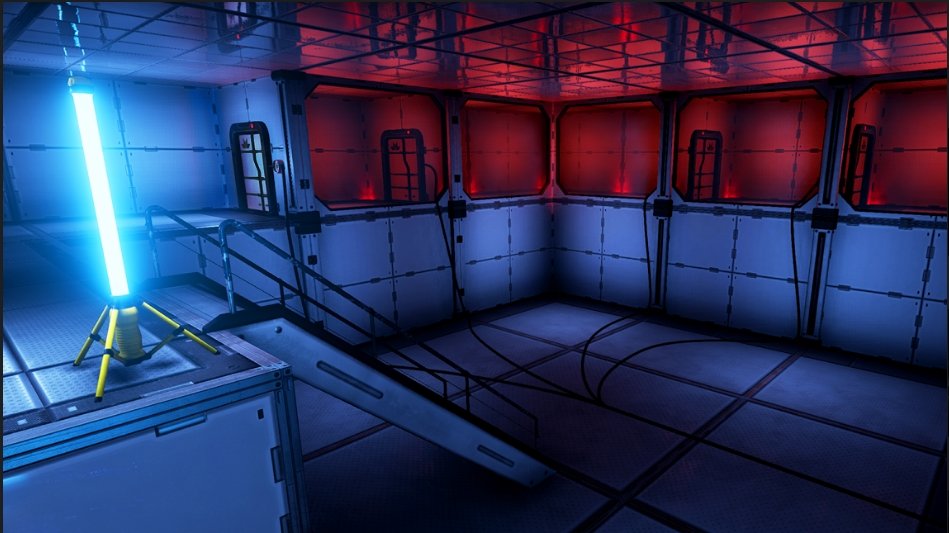
While you're figuring things out and being a genuine Einstein (you'll feel that way, after the initial couple of chapters you'll feel brain fried), computer screens are regularly placed around. Accessing these gives you back story and information on other crew members and why you're at Europa. While this is helpful for filling in the vacuum of the mind as far as the story is concerned, the text is so tiny and the font so slim, it's hard to read. Couple this with the font color being blue and red on a black background, the letters merge into a hazy text.
Throughout your journey to Europa's surface, TOM will be your companion and will pass the time discussing the current status of things with Ava, complete with voice acting (TOM is voiced by a British actor or an actor who does a bloody good British accent). Ava and TOM talking about how and why computers can't solve problems creatively is really enjoyable, and it's funny. TOM comes off as the real star in his downplayed humor. You can't quite tell sometimes if he's making a joke at humanity's expense or if he is being serious, which lends an air of curious uncertainty as to whether he can and does think like a human.
Summary
A tough as nails puzzler that in some ways blows Portal out of the airlock for its brain-bending antics. Those familiar with Pneuma: Breath of Life will find The Turing Test very much in the same vein. You'll explore and you'll work out puzzles in order to progress, all with some kind of social or humanistic undertone such as the meaning of life — or whether AIs will one day overthrow humankind and we will all be fleshy meat-slaves to our new robotic overlords.
Pros:
- A new take on an already familiar mechanic.
- Simple to learn.
- Great voice acting.
Cons:
- Immediate difficulty spike after first few levels.
- Tiny text.
- Long load times and hanging between levels.
- Unclear what the purpose of picking things up is for.
This review was conducted on Xbox One using a code provided by the developer

Lauren Relph is a Former Games Writer, focusing on Xbox. She doesn't like piña coladas but loves getting caught in the rain. Follow her on Twitter!
